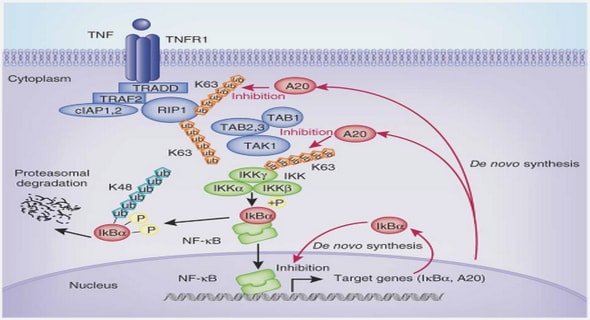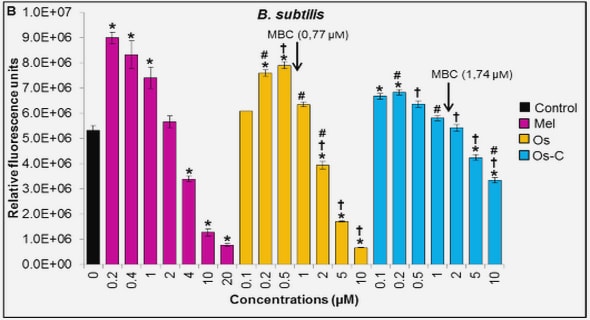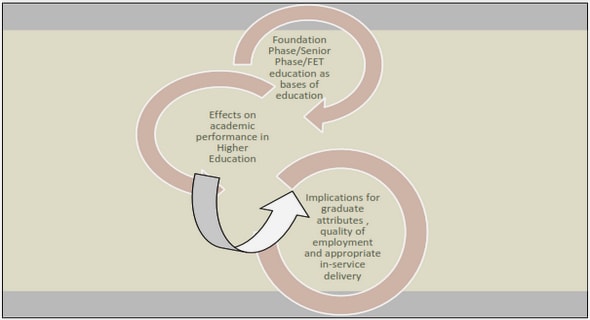Get Complete Project Material File(s) Now! »
Sintering time reduced to 50% of the original sintering time
Figure 3.4 shows the SEM microstructure of the 3wt% VC enhanced PCD sintered at 50% of the original sintering time. The interface between the diamond table and the substrate again seems unreacted which indicates inadequate sintering. In addition, there are large individual diamond particles present at the interface with no evidence of cracks present. Exposing the diamond powder mix to a longer sintering time would allow for a more effective bonding of the PCD table with the substrate. The bulk microstructure shows that the PCD is evidently not sintered. Larger diamond grains are surrounded by smaller grains, and there is a lack of diamond inter-growth between the particles. Another indication of inadequate sintering is that the binder pools contain undissolved diamond particles. Located within the PCD structure is the deposition of large carbide particles. Figure 3.5 shows the EDS analysis of the carbide particle. According to this analysis, the carbide particle comprises both vanadium and tungsten. It would therefore seem that at a dwell time of 50% of the original sintering time, the condition for the formation of the mixed carbide is energetically favourable. The mixed carbide was not observed in the PCD compact that was sintering at 10% of the original sintering time. Although there was no evidence of cracks at the PCD interface, the bulk PCD still contained both trans-granular and inter-granular cracks (refer to Figure 3.6). Due to the significant amount of cracking of the PCD, the units could not be processed for XRD analysis.
Heat treatment of the VC and diamond powder mix
So far the terminated sintering experiments showed the definite presence of the mixed carbide phase when the PCD was sintered at 50% of the original sintering time. It seems that the formation of the mixed carbide phase may be a function of the kinetics of the reaction. The question remains as to the thermodynamics of the formation of the mixed carbide phase, i.e. the temperature of formation. Figure 3.7 shows the powder mixture of 3wt% VC, 6wt% WC and diamond particles containing 1wt% Co at room temperature. The individual components of the powder mix were combined in a milling pot and milled for 1hr using WC balls as the milling media. The powder mix seemed homogeneous with the presence of tungsten carbide, cobalt, vanadium carbide and diamond clearly visible. The powder mixture comprising VC, WC, Co and diamond particles was then subjected to a temperature of 1200 °C in a tube furnace for 3hrs under a constant flow of nitrogen gas (refer to Figure 3.8). The VC particles seem to have combined with the residual WC particles to form a (V,W)Cx mixed carbide. The other components of the mix appears quite separate, i.e. no evidence of solid state sintering at this temperature. Figure 3.9 shows the XRD pattern of the powder. At 43.32°2 and 43.74°2 there appears two peaks which belong to the (V,W)Cx phase and C7V8 phase respectively. These peaks again appear at 50.55°2 and 50.90°2. The peaks seem to have equal heights. Other phases present in the PCD are WC and carbon. Although cobalt was added to the powder mix, it could not be detected using XRD and this is probably owing to cobalt concentration being below the detection limit of the XRD.
Standard PCD
Hot stage XRD is a very important tool especially in determining the high temperature behaviour of a reaction. Figure 3.15 shows the XRD pattern of the standard PCD prior to heat treatment. According to the ICSD XRD database, the phases present are WC, Co0.87W0.13 and diamond. Tungsten atoms are dissolved in the cobalt lattice and as mentioned previously, the tungsten atoms enhance the phase stability of the cobalt lattice. The XRD peak analysis of the Co0.87W0.13 phase shows that the phase has an fcc structure. Figure 3.16 shows the XRD pattern of the standard PCD at 750 °C. The typical phases present are WC, Co0.87W0.13 and diamond. Interestingly, the peak that appeared at 51.54°2 in the room temperature sample which was a combination of Co0.87W0.13 and diamond, becomes de-convoluted at a temperature of 750 °C to form two individual peaks appearing at 50.95°2 and 51.41°2. These peaks are identified as the Co0.87W0.13 phase and the diamond phase. The peak appearing at 90.26°2 is also de convoluted into the two individual peaks, i.e. the Co0.87W0.13 phase and the diamond phase. The Co0.87W0.13 remains in the fcc structure. Cobalt has a higher thermal expansion coefficient than diamond and is therefore expected to expand much more than diamond, and hence display a greater peak shift during heat treatment. The difference in the thermal expansion between cobalt and diamond could possibly explain the observed de-convolution of the peaks at higher temperatures. The XRD pattern of the standard PCD at 800 °C is shown in Figure 3.17. The only difference between this pattern and the pattern shown in Figure 3.16 is the distinctive appearance of a diamond peak at 49.69°2. Figure 3.18 shows the XRD pattern of the standard PCD at 950 °C. Three additional phases are present in the PCD namely graphite, W2C and Co3W. The PCD subjected to 950 °C shows the clear presence of graphite with the primary peak appearing at 30.49°2.
An additional Co3W phase appears in the pattern with this phase containing more tungsten than the original Co0.87W0.13 phase. The optical image of the standard PCD after heat treatment at 950 °C is shown in Figure 3.19. Cracks are present on the surface of the PCD. A closer look at the PCD surface shows the presence of micro cracks. There also seems to be evidence of material on the surface of the PCD which appears as though it might have seeped out from within the PCD (refer to Figure 3.20). EDS analysis of the PCD surface is shown in Figure 3.21. The EDS pattern shows that the material is predominantly cobalt combined with a small quantity of tungsten. It would appear that at elevated temperatures, the cobalt present within the PCD bleeds out from within the PCD and deposits on the surface of the PCD. Since the CTE of diamond is 1×10-6/C and the CTE of cobalt is 13×10-6/C, one would expect the cobalt to expand much quicker than the diamond. Due to this expansion as well as the molar volume increase due to the conversion of diamond into graphite, micro cracks could develop on both the surface of the PCD and within the PCD.
Chapter One: Polycrystalline Diamond
1.1 Background
1.2 Manufacture of PCD
1.3 Metal Carbide additions to Tungsten Carbide and Steel
1.4 Metal Carbide additions to Polycrystalline Diamond
1.5 Aim of the Study
1.6 Hypotheses
Chapter Two: Addition of Vanadium Carbide to PCD
2.1 Background
2.2 Experimental
2.3 Brief description of Analysis Techniques
2.4 Results
2.5 Discussion
2.6 Conclusion
2.7 Recommendations
Chapter Three: Heat Treatment of PCD
3.1 Background
3.2 Experiments
3.3 Results
3.4 Discussion
3.5 Conclusion
3.6 Recommendation
Chapter Four: Addition of Other Carbides to PCD
4.1 Background
4.2 Experimental
4.3 Results
4.4 Discussion
4.5 Conclusion
4.6 Recommendations
Chapter Five: Grain Growth of PCD
5.1 Background
5.2 Experimental
5.3 Results
5.4 Discussion
5.5 Conclusion
5.6 Recommendations
Chapter Six: Conclusion and Recommendations
6.1 Summary and Conclusions
6.2 Recommendations
REFERENCES


